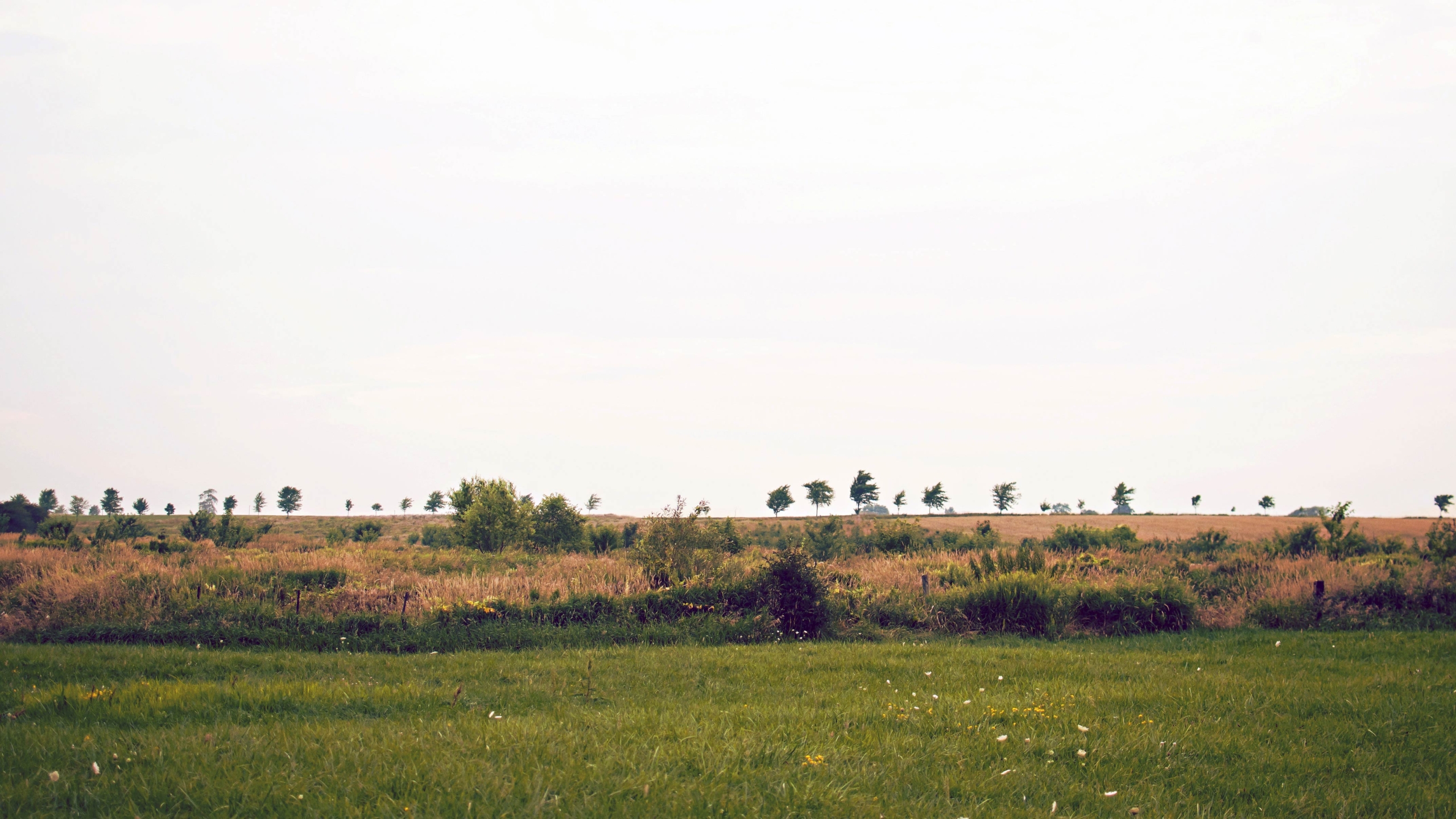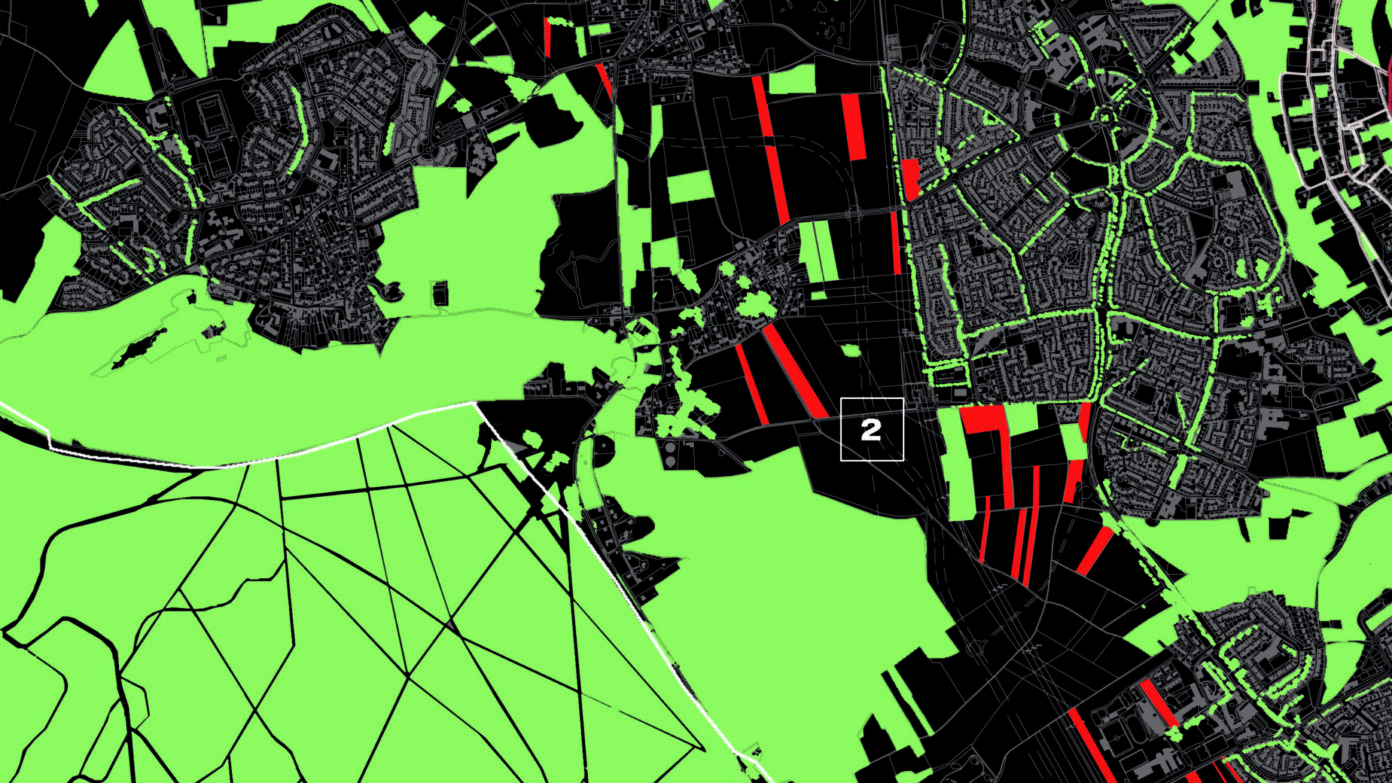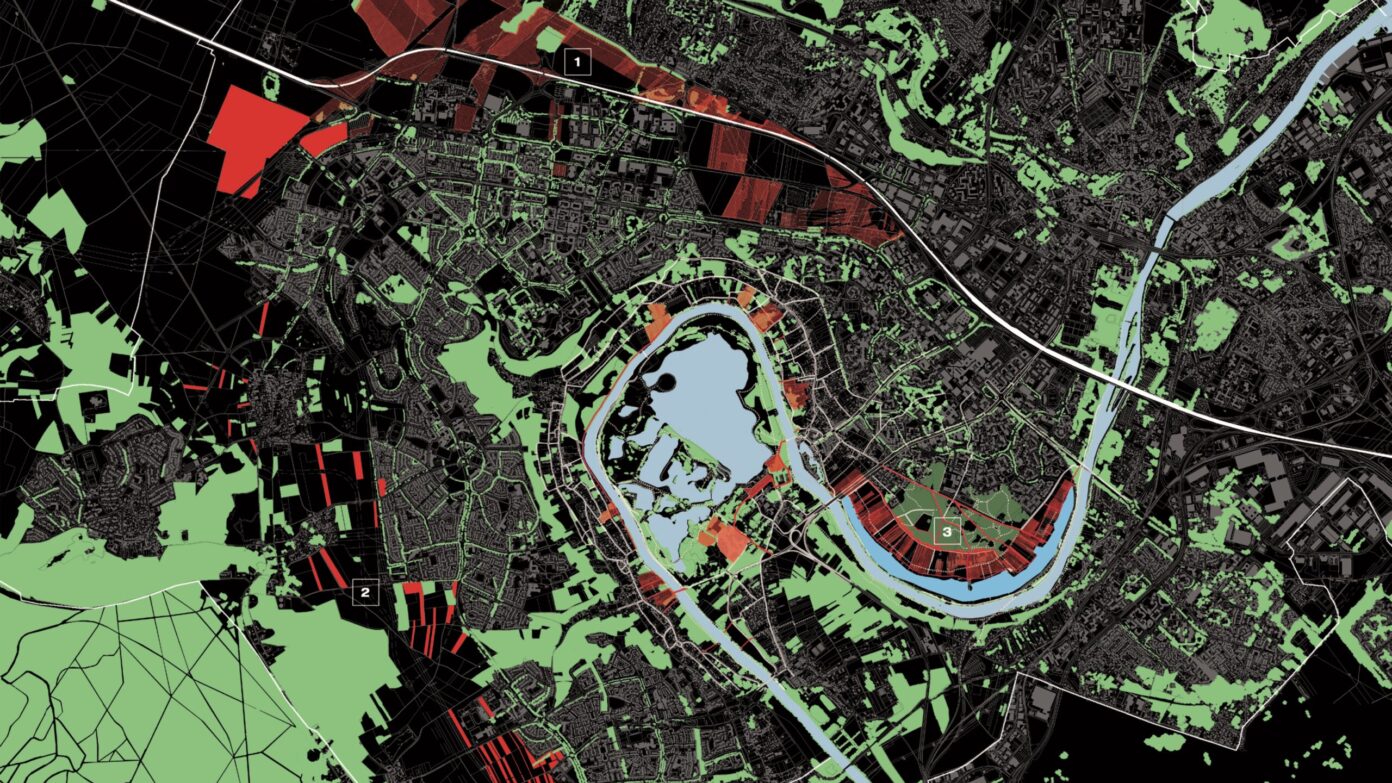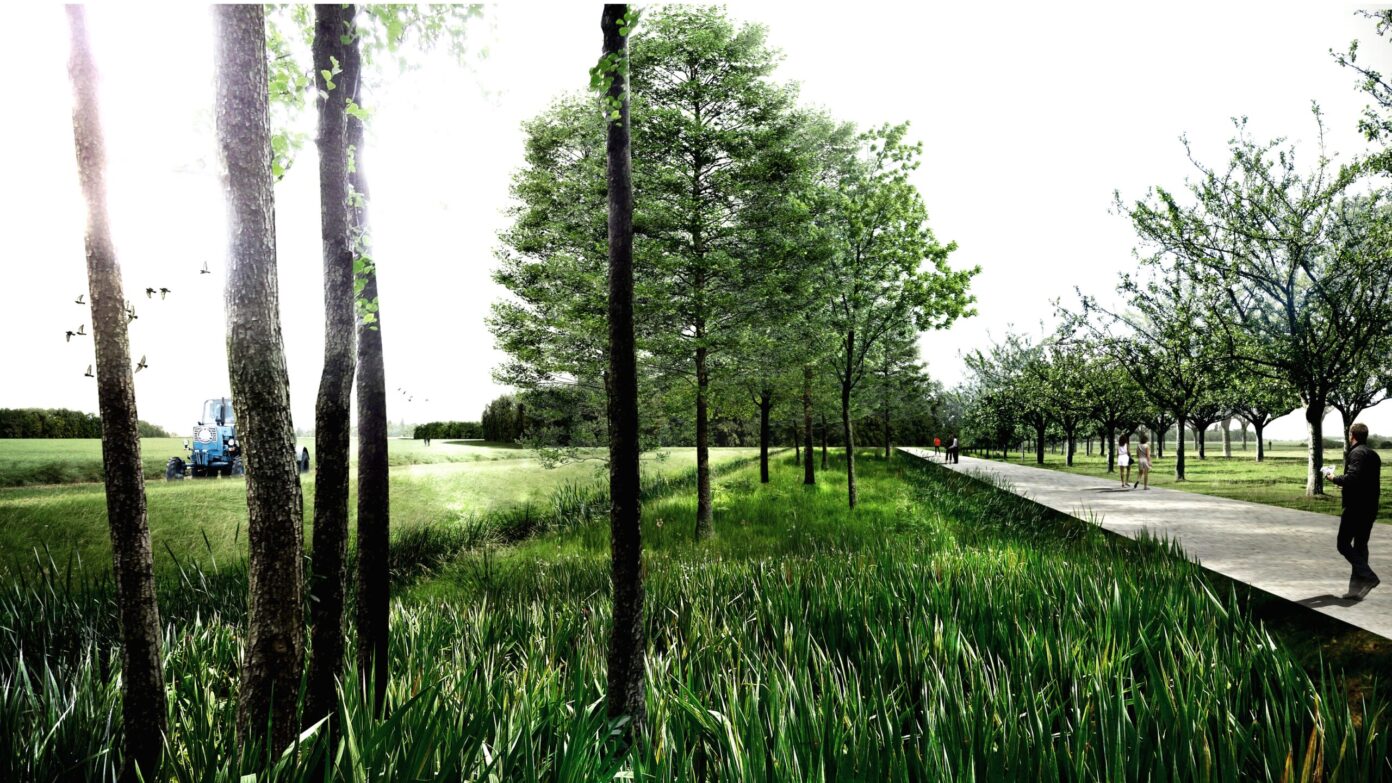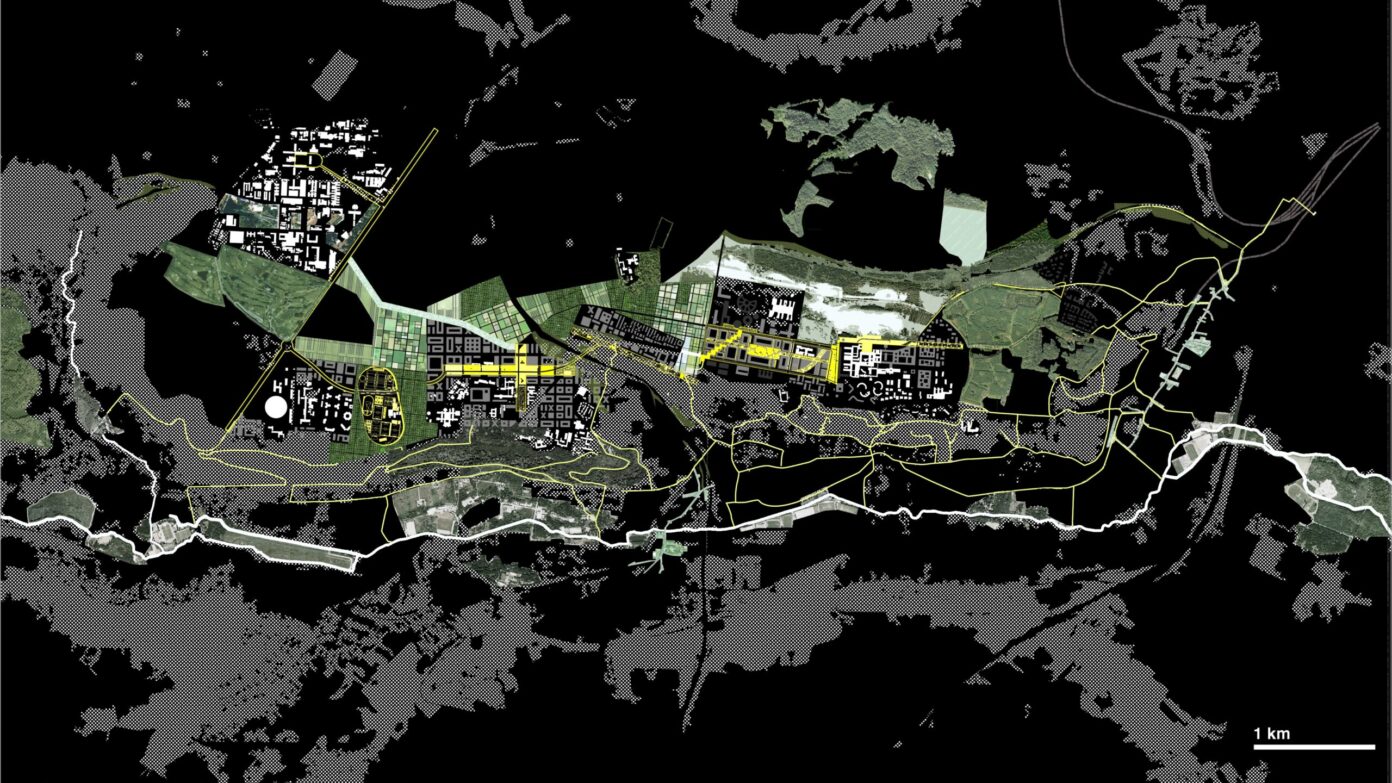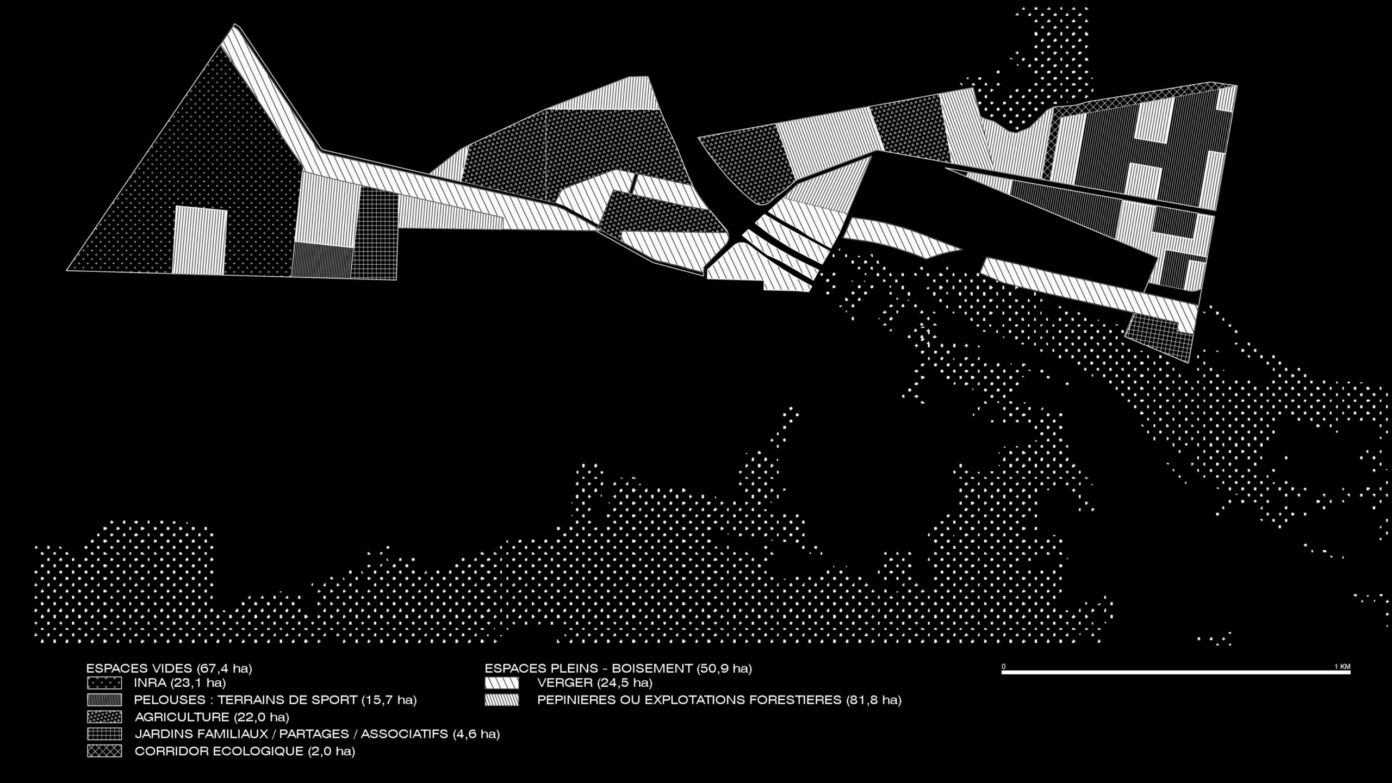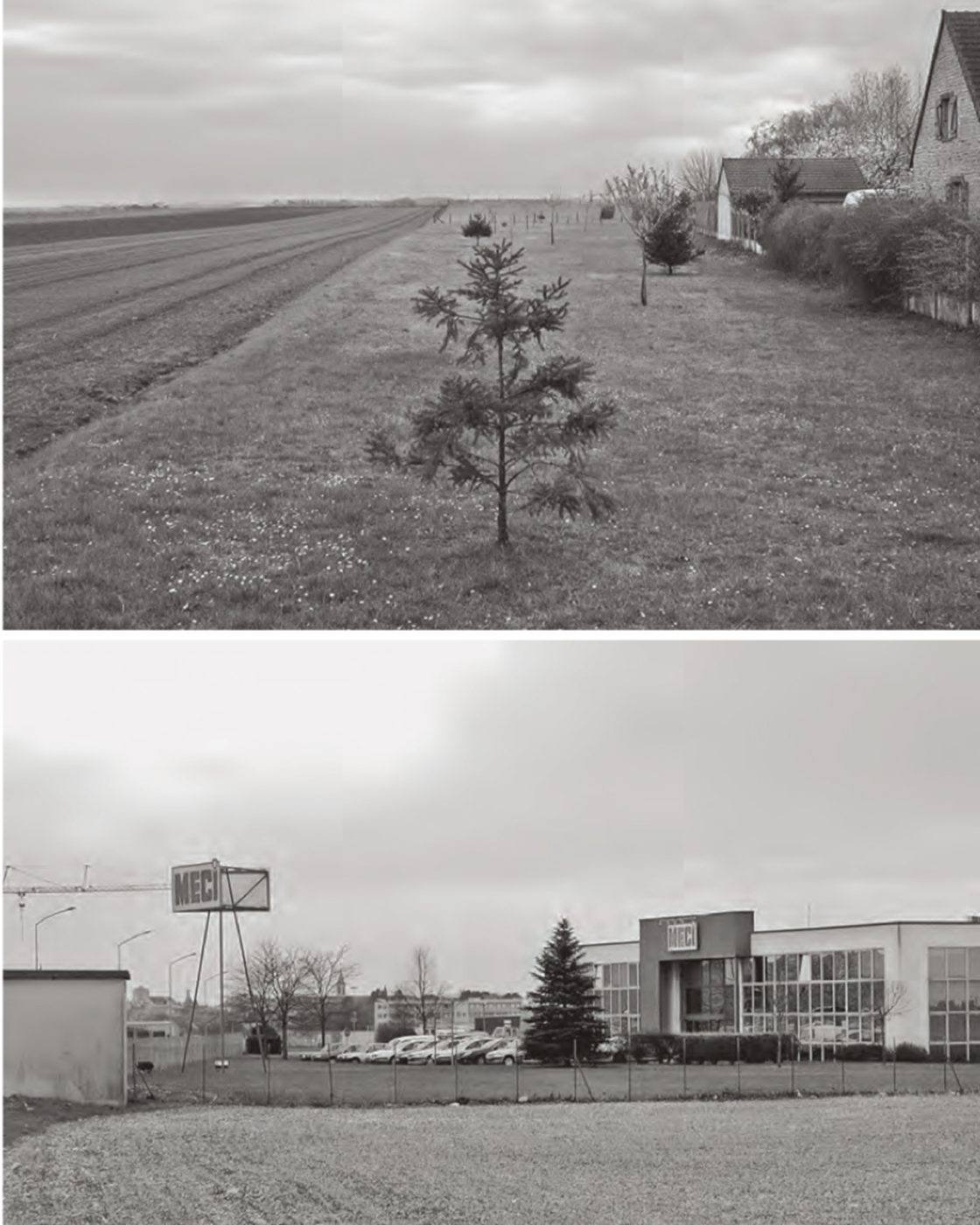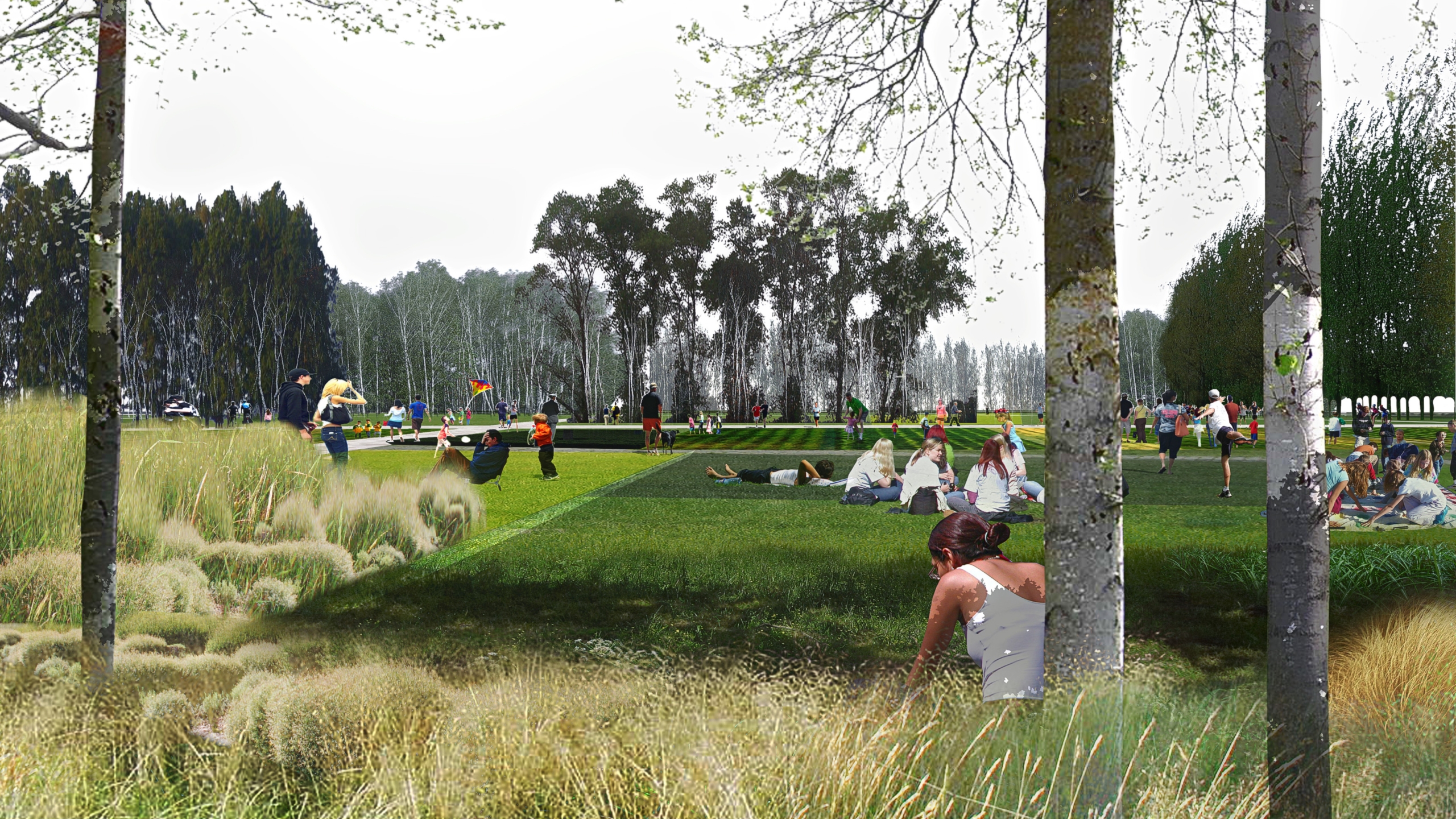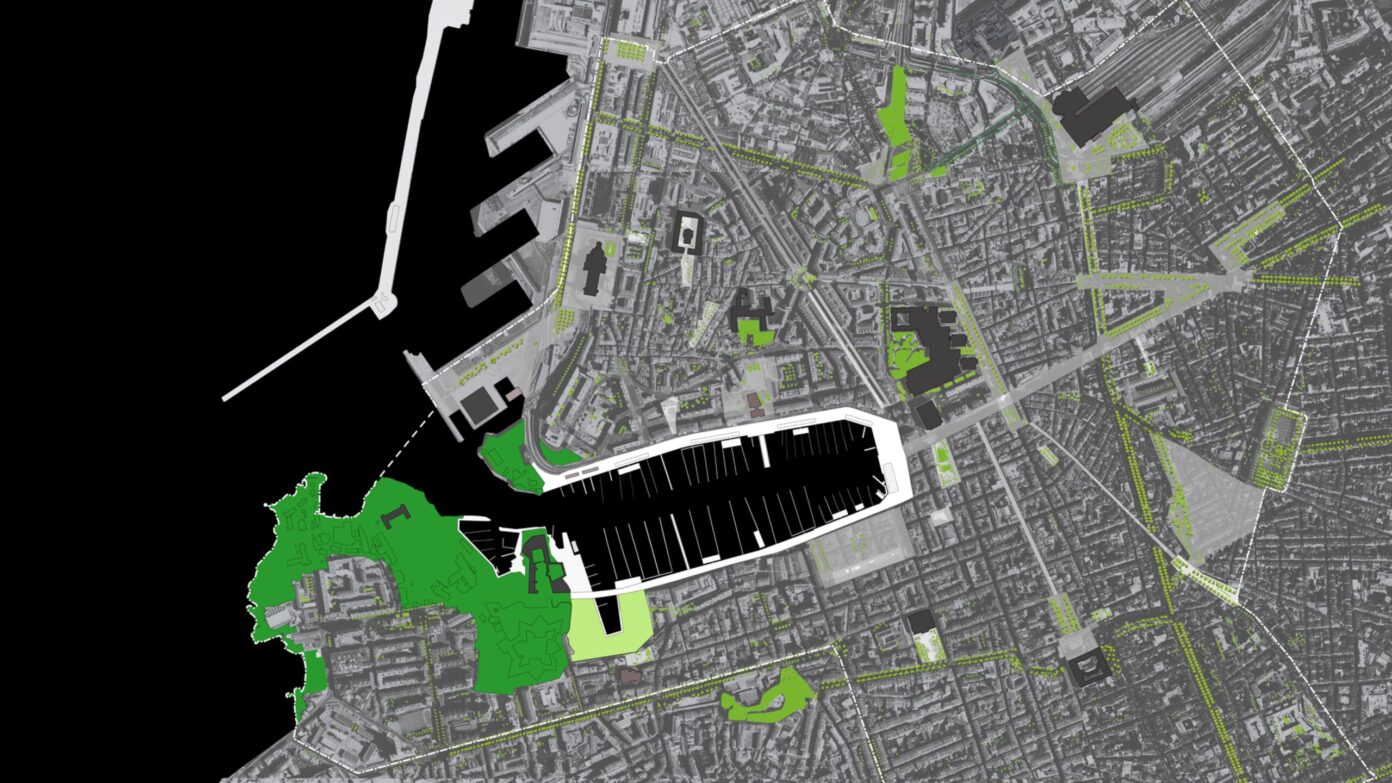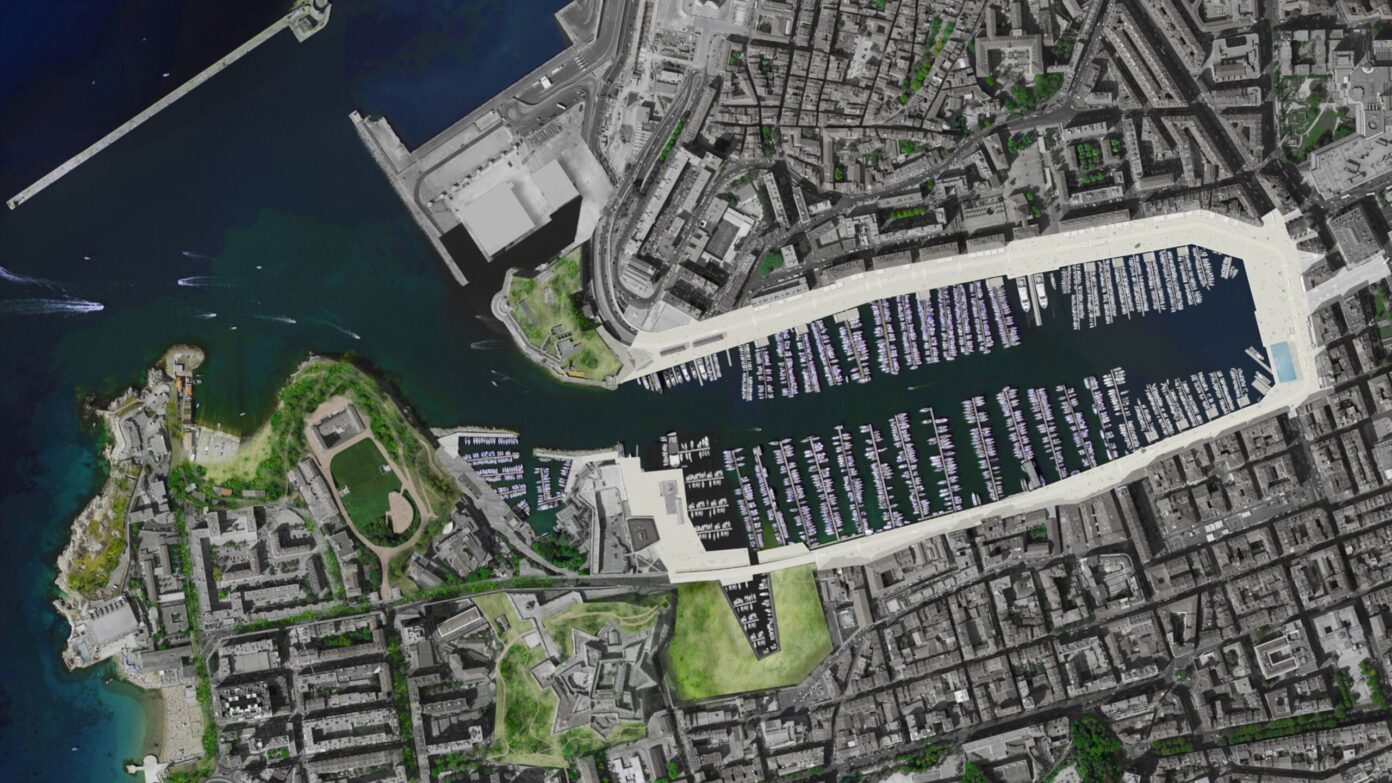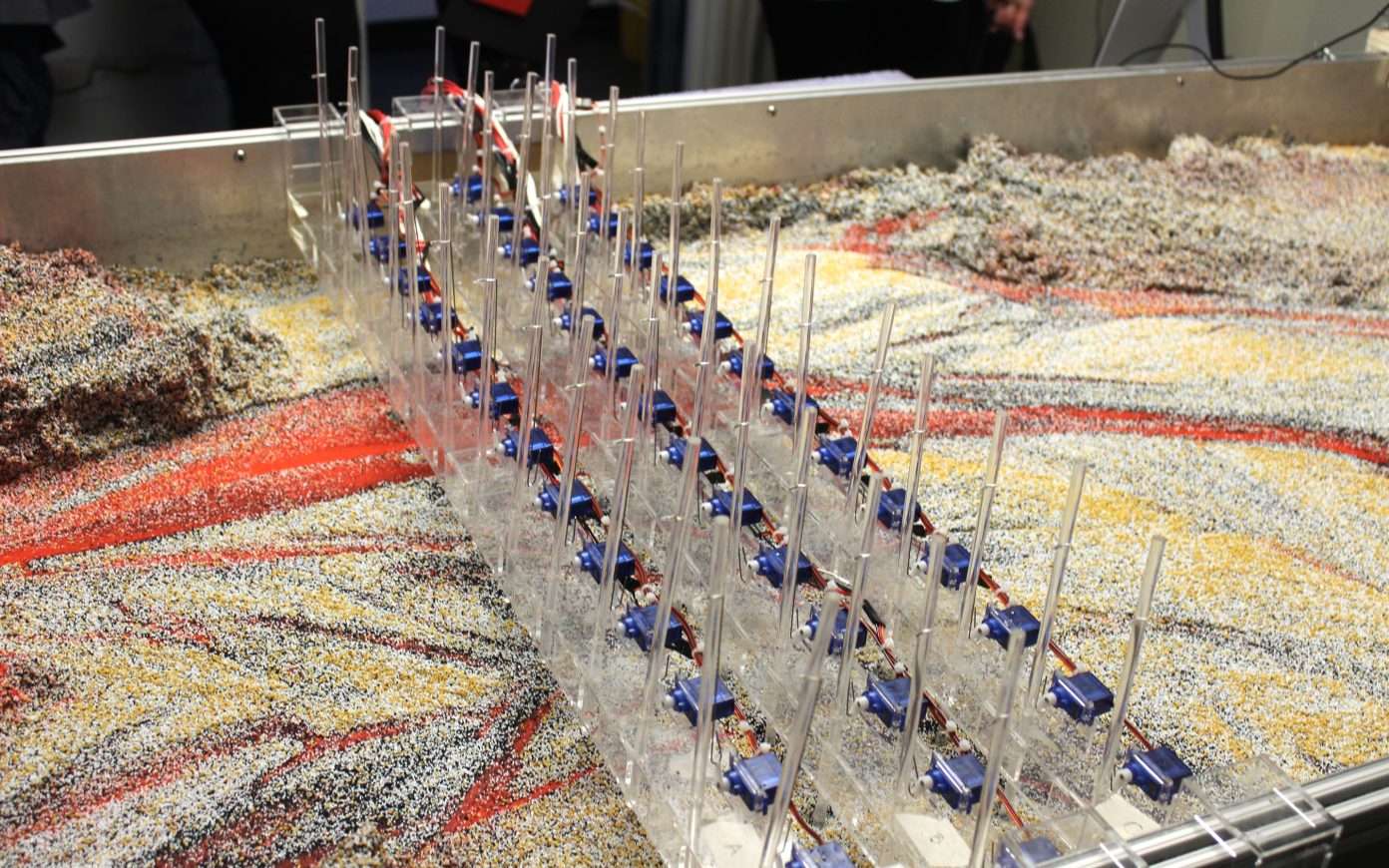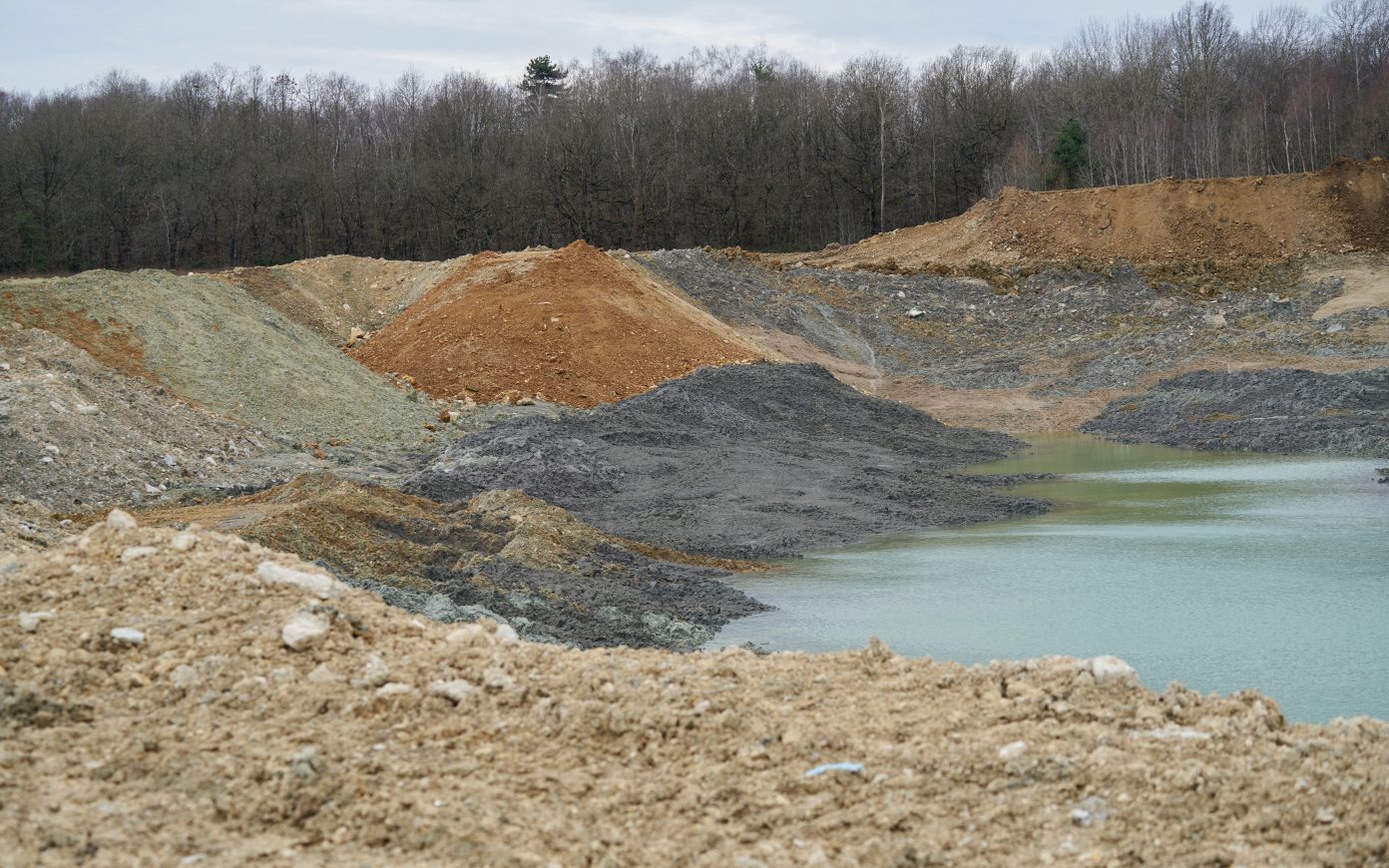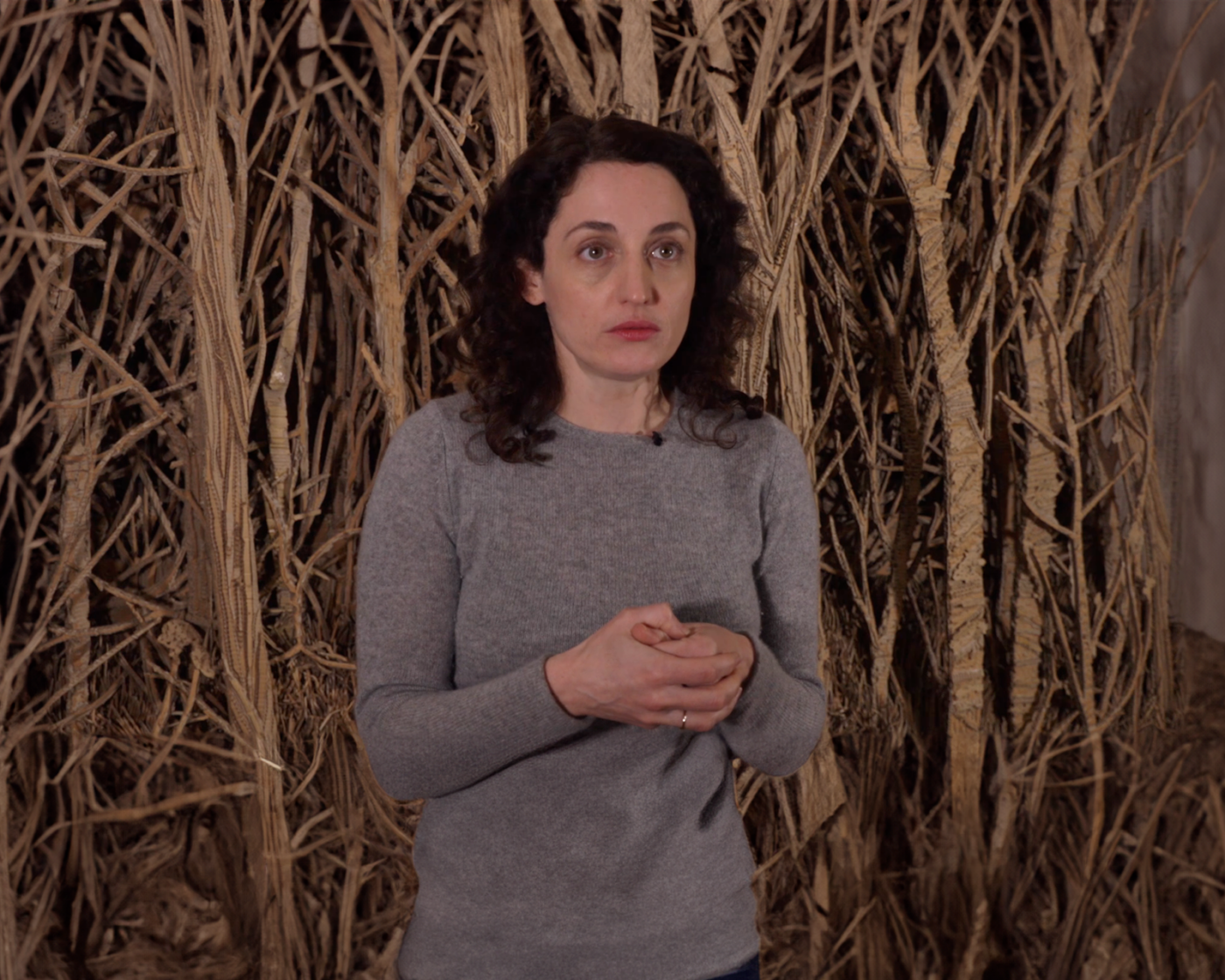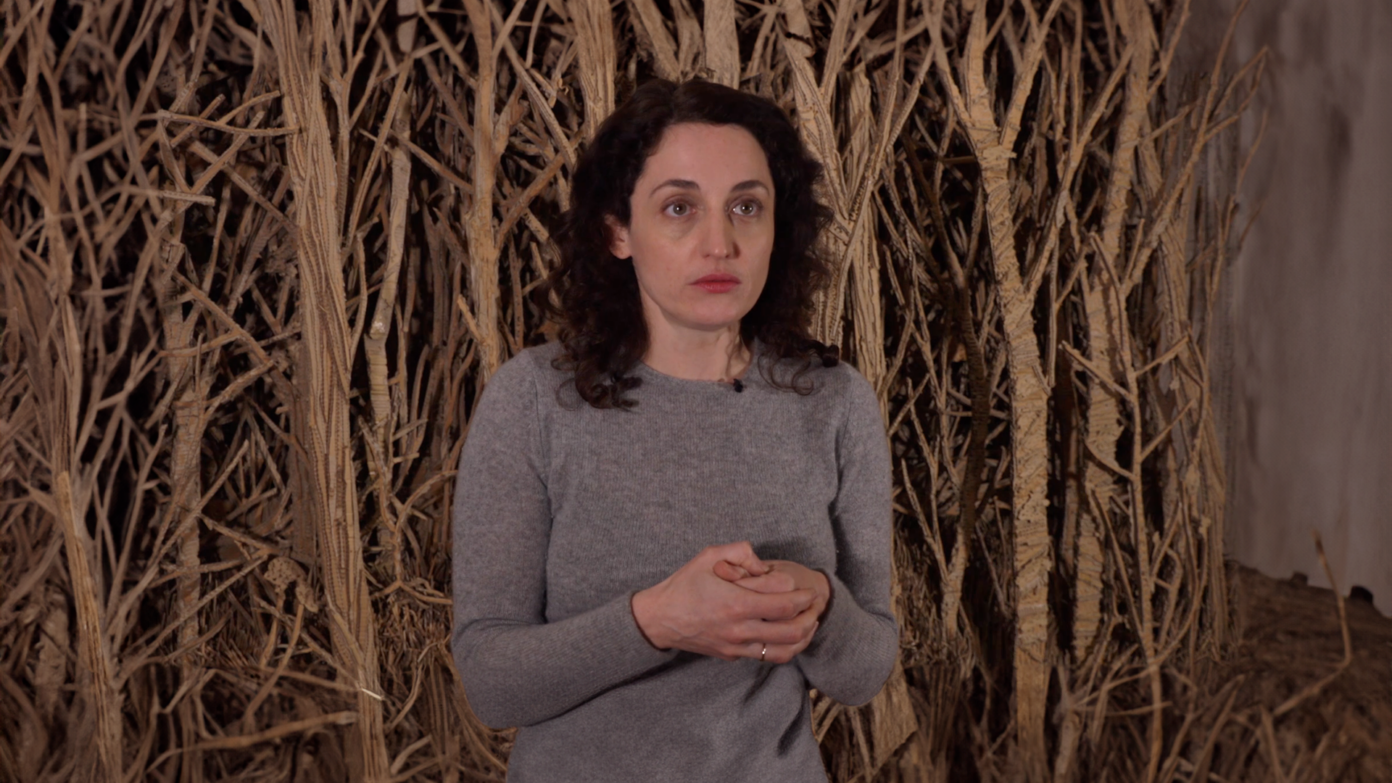Inherited plots
Stream : How would you define this physical reality you talk about?
Michel Desvigne : Let us go back to agriculture. It is important and still occupies a major part of the landscape but economically it hardly represents anything these days. It is an agriculture that has been turned upside down by mechanization and continuous re-parceling, which is still ongoing in places. Farmland is relentlessly transformed and reassembled. This is a physical reality—this upheaval is visible no matter where you are. When we are moving around—something we do constantly, be it by car, rail, or plane—we see farmland which is the product of policies that have led to re-parceling. It is not the work of agronomists—the agricultural landscape is now rarely the result of physical practices. The ownership of parcels as well as a number of technical practices (harvesting, watering, sheltering from the wind, animal husbandry) shaped the agricultural landscapes throughout the world. However, since the 1970s, land re-parceling is first and foremost carried out for technocratic reasons: the critical size of a farm is defined in view of its profitability and the number of people per acre is defined according to mechanization. This agricultural land has thus lost all connection to human territory. As a matter of fact, it also has many technical difficulties: low wind protection, poor drainage, the risk of flooding, etc. Nowadays, we sometimes try to rethink the re-parceling but with a nostalgic vision which, as it is the case, is not effective. Those who study agronomics are said to be presently divided: there is a sort of schizophrenia between financial cynicism and a sense of nostalgia—the idea of coming back to a supposedly ideal state. In any case, few of them seem to be interested in the phenomenal capacity to shape a landscape for the future.
In Saclay, we are working with the agronomy school INRA (the National Institute of Agronomical Research) and are trying to find experimental solutions to provide better quality to our agricultural and peri-urban territories. But right now, I feel our research is paltry and disconnected from actual practices because a large part of our contemporaries live in a landscape dominated by agriculture without having the slightest physical relationship to this land. Re-parceling has partly eliminated the lanes behind the houses which made it possible to enter into the countryside and the model of suburban development has created no connection at all between the last remnants of the ancient agricultural land parceling and these new neighborhoods. This explains the paradoxical situation whereby many people live in the countryside without having any relationship with it. Again, it is not a question of feeling nostalgic: our countryside has been completely transformed by a series of land consolidation schemes lacking any vision, any architecture, any project, with retail developments which have often been imagined only by surveyors and project developers. We are now in presence of towns with no urban planners, no architects, no agronomists, and perhaps even no farmers able to give shape to the landscape. I do not think there is a state of reference to which we should come back, but given that this agricultural landscape has been transformed, why haven’t we taken the opportunity to build some public space? I believe this is a very important question.
In the suburban city, public space is virtually nonexistent, with the exception of a turnaround or a public square from time to time. Our society hasn’t built adequate public space for these cities which take up a large part of the land. Nowadays, when we build a project, we try to respect certain ratios—30% of public space, with 15% dedicated to roadways and city squares, and 15% to parks and gardens—but when we look at what was done during the twentieth century, that 30% was clearly not respected. Our generation has seen this phenomenon unfold with an utter helplessness. I therefore think we should take much more interest in public space.
